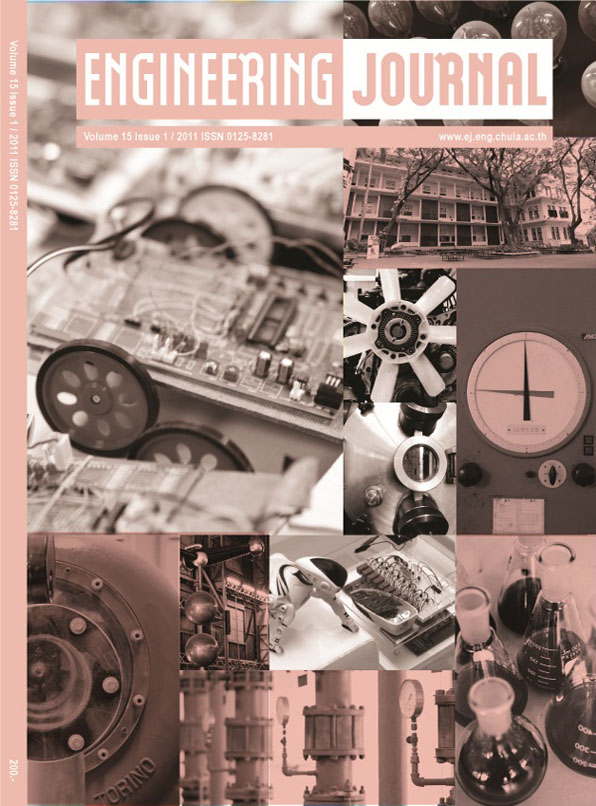GPS Medium-Range Kinematic Positioning for the Seafloor Geodesy of Eastern Taiwan
DOI:
https://doi.org/10.4186/ej.2011.15.1.17Keywords:
Medium-range kinematic, seafloor geodesy, attitude determination.Abstract
To realize the plate motion of the Philippine Sea Plate (PSP) and the characteristics of crustal deformation in the plate boundary zone between the PSP and Eurasia Plate, three seafloor geodetic arrays using a combination of GPS kinematic positioning and acoustic ranging techniques have been established off eastern Taiwan since 2008. Each array is composed of three transponders deployed on the ocean bottom in a triangular shape and has been observed at least two times since 2009. The GPS kinematic positioning in the relative distance ranging from 80 to 120 km off the eastern coast of Taiwan plays a main role in the whole seafloor geodetic deformation system. Seven stations from Taiwan Continuous GPS Array are taken as reference sites and three or four rover GPS units are set up on the vessel or buoy. Both on-land reference and onboard rover receivers record data in sampling rates of 1 and 5 Hz to determine the instantaneous positions of transducer onboard which transmits and receives the acoustic signal to and from seafloor transponders and the attitude of vessel or buoy in kinematic mode. We compare the results of medium-range kinematic positioning between the on-land reference stations and rovers onboard by the GrafNav and Bernese V5.0 software, respectively. In addition, we determine the attitude at all times by way of computing the inter-distance of rover receivers onboard. Hence there are two positioning results can be estimated which are direct (by short relative distances from onboard) and indirect (by medium-range kinematic mode for each GPS unit from on-land continuous stations) methods, and the difference reveals in decimeter level.
Downloads
Downloads

Authors who publish with Engineering Journal agree to transfer all copyright rights in and to the above work to the Engineering Journal (EJ)'s Editorial Board so that EJ's Editorial Board shall have the right to publish the work for nonprofit use in any media or form. In return, authors retain: (1) all proprietary rights other than copyright; (2) re-use of all or part of the above paper in their other work; (3) right to reproduce or authorize others to reproduce the above paper for authors' personal use or for company use if the source and EJ's copyright notice is indicated, and if the reproduction is not made for the purpose of sale.









